This article has multiple issues. Please help improve it or discuss these issues on the talk page . (Learn how and when to remove these template messages)
|
David Annand MRSS (born 1948) is a Scottish sculptor. [1]
This article has multiple issues. Please help improve it or discuss these issues on the talk page . (Learn how and when to remove these template messages)
|
David Annand MRSS (born 1948) is a Scottish sculptor. [1]
Annand studied at the Duncan of Jordanstone College of Art in the city of Dundee. He taught in secondary schools for fourteen years. [2] [3]
Annand lives and works in Kilmany in the Scottish county of Fife. [4] He is a member of the Royal British Society of Sculptors. He began working as a full-time sculptor in 1988. His work can be found in cities across England, Scotland, Wales, and Northern Ireland. Many of his works relate to local history or literature and are placed in public spaces.
In 2009, Nobel Laureate Seamus Heaney unveiled Annand's sculpture The Turf Man in the village of Bellaghy, County Londonderry. The sculpture was inspired by Heaney's poem Digging, from the collection Death of a Naturalist (1966).
Annand was commissioned by the County Council in conjunction with the NRA in Ireland to create a sculpture to celebrate Patrick Kavanagh's poem Dancing with Kitty Stobling. The sculpture is visible on the Carrickmacross bypass section of the N2 road. [1]
In 2010, he won a commission to create a £100,000 tribute to Cardinal Thomas Wolsey, one of Suffolk's most influential historical figures. The completed work was placed close to Curson House on St Peter's Street in Ipswich.


Robert Fergusson was a Scottish poet. After formal education at the University of St Andrews, Fergusson led a bohemian life in Edinburgh, the city of his birth, then at the height of intellectual and cultural ferment as part of the Scottish Enlightenment. Many of his extant poems were printed from 1771 onwards in Walter Ruddiman's Weekly Magazine, and a collected works was first published early in 1773. Despite a short life, his career was highly influential, especially through its impact on Robert Burns. He wrote both Scottish English and the Scots language, and it is his vivid and masterly writing in the latter leid for which he is principally acclaimed.

Hoylake is a seaside town in the Metropolitan Borough of Wirral, Merseyside, England. It is at the north west of the Wirral Peninsula, near West Kirby and where the River Dee meets the Irish Sea. Historically part of Cheshire, the Domesday Book of 1086 recorded it within the Hundred of Wilaveston.

Sir John Robert Steell was a Scottish sculptor. He modelled many of the leading figures of Scottish history and culture, and is best known for a number of sculptures displayed in Edinburgh, including the statue of Sir Walter Scott at the base of the Scott Monument.
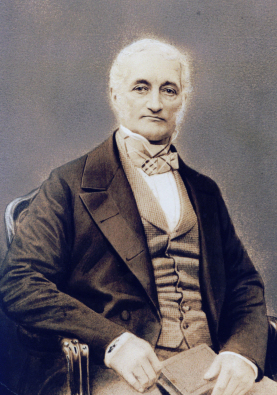
William Burn was a Scottish architect. He received major commissions from the age of 20 until his death at 81. He built in many styles and was a pioneer of the Scottish Baronial Revival, often referred to as the golden age of Scottish architecture.

Oisín Kelly was an Irish sculptor.
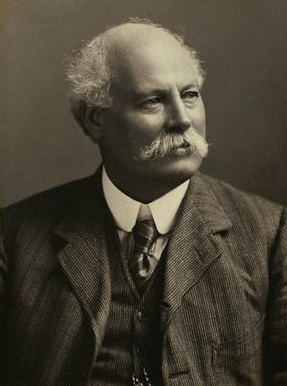
Sir Thomas Brock was an English sculptor and medallist, notable for the creation of several large public sculptures and monuments in Britain and abroad in the late nineteenth and early twentieth centuries. His most famous work is the Victoria Memorial in front of Buckingham Palace, London. Other commissions included the redesign of the effigy of Queen Victoria on British coinage, the massive bronze equestrian statue of Edward, the Black Prince, in City Square, Leeds and the completion of the statue of Prince Albert on the Albert Memorial.
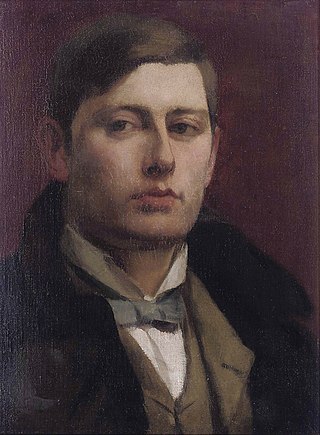
Sir George James Frampton, was a British sculptor. He was a leading member of the New Sculpture movement in his early career when he created sculptures with elements of Art Nouveau and Symbolism, often combining various materials such as marble and bronze in a single piece. While his later works were more traditional in style, Frampton had a prolific career in which he created many notable public monuments, including several statues of Queen Victoria and later, after World War I, a number of war memorials. These included the Edith Cavell Memorial in London, which, along with the Peter Pan statue in Kensington Gardens are possibly Frampton's best known works.
James Walter Butler MBE RA was a British sculptor most famous for his 1980 statue of Richard III in Leicester.
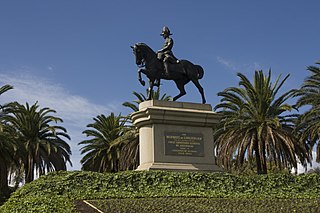
William Birnie Rhind RSA (1853–1933) was a Scottish sculptor.
Edward Alfred Briscoe Drury was a British architectural sculptor and artist active in the New Sculpture movement. During a long career Drury created a great number of decorative figures such as busts and statuettes plus larger monuments, war memorials, statues of royalty and architectural pieces. During the opening years of the 20th-century he was among the foremost architectural sculptors active in Britain and in that period created the series of works in central London for which he is perhaps now best known. These include the figures on the Old War Office building in Whitehall, elements of the facade of the Victoria and Albert Museum and four of the colossal statues on Vauxhall Bridge.
Edward Bainbridge Copnall was a British sculptor and painter. Best known for his architectural and decorative sculptures featuring allegorical and religious subjects. He was the President of the Royal Society of Sculptors from 1961 to 1966.
Charles d’Orville Pilkington Jackson RSA, FRBS, FRSA was a British sculptor prominent in Scotland in the 20th century. Throughout his career he worked closely with the architect Sir Robert Lorimer. He is most noteworthy for his creation of one of Scotland's most iconic landmarks, the statue of Robert the Bruce at Bannockburn.

Thomas Stuart Burnett ARSA was a Scottish sculptor in the 19th century.

Michelle de Bruin is a British sculptor and artist, working primarily in stone. She has been based in the Scottish Borders since 1993.
Angela Godfrey is an English sculptor and Member of the Royal Society of Sculptors.

Scott Sutherland was a Scottish sculptor, best known for the Commando Memorial in Spean Bridge. He was Head of Sculpture at Duncan of Jordanstone College of Art
The Dundee Public Art Programme was the first city-wide public art initiative in Scotland. It grew out of the success of the Blackness Public Art Programme (1982-1985) which focused on the use of art to revitalise an area of industrial decline in the city of Dundee, Scotland.
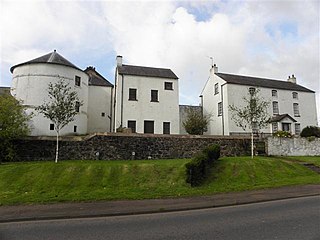
Bellaghy Bawn is a fortified house and bawn in Bellaghy, County Londonderry, Northern Ireland.
Neale Andrew is an English sculptor. He has created many portrait sculptures, particularly of sportspeople; commissioned works stand in locations in Britain.